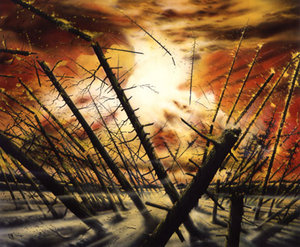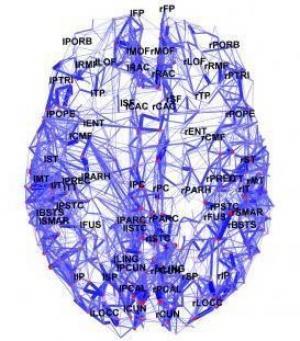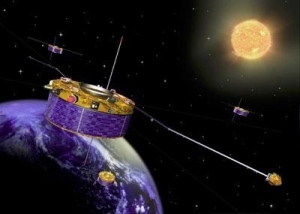A hundred years after a mysterious and massive explosion struck Russia, experts are warning that Earth is ill prepared to face a cosmic catastrophe that could do similar damage.
The blast, known as the Tunguska event, leveled some 770 square miles (2,000 square kilometers) of forest with the power of nearly 200 Hiroshima-size atomic bombs.

|
| © Chris Foss
|
| An explosion rips through the Siberian wilderness in an artist's conception. A hundred years after a mysterious blast leveled some 770 square miles (2,000 square kilometers) of forest in Siberia, experts are saying that Earth is unprepared to face a similar blast caused by a meteor strike.
|
Remarkably few people witnessed the event, and debate has raged for decades about its cause.
One of the leading theories is that a comet or asteroid hit Earth or exploded upon entering the atmosphere above remote western Siberia.
"Had that same object exploded over a metropolitan area, there would have been millions of people killed," U.S. Representative Dana Rohrabacher (a Republican from California) said yesterday at a briefing at the Planetary Society in Pasadena, California.
"Right now we have no plan in place to detect these objects far enough out to deflect them."





Comment: Maybe individuals could incorporate some of these ideas in increasing the yields of their own growing efforts.